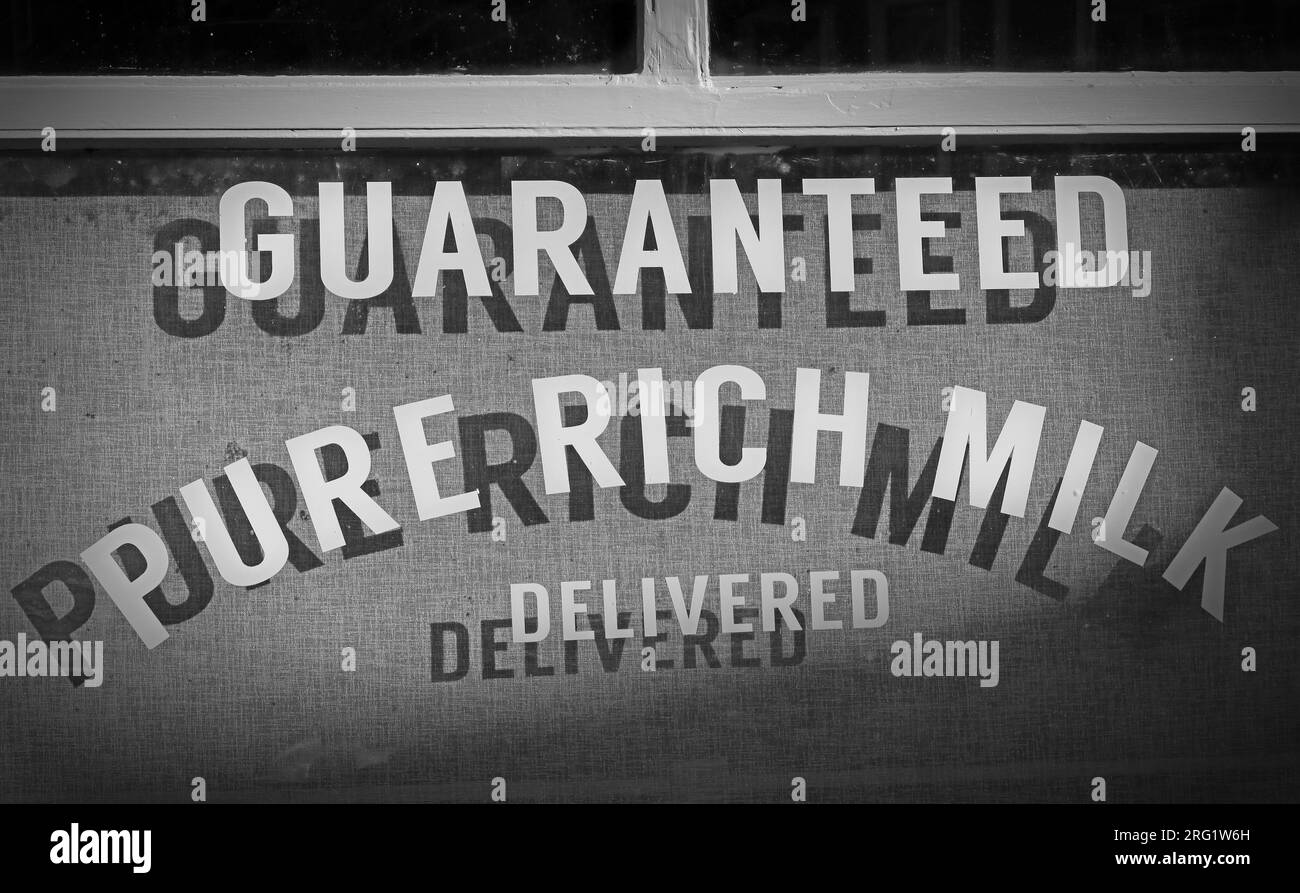Guaranteed ,Pure Rich milk, delivered from the dairy / bakery, 34 Town Gate, Heptonstall, Hebden Bridge, West Yorkshire, England, UK, HX7 7LW

Image details
Contributor:
Tony Smith / Alamy Stock PhotoImage ID:
2RG1W6HFile size:
51.9 MB (3.1 MB Compressed download)Releases:
Model - no | Property - noDo I need a release?Dimensions:
5417 x 3350 px | 45.9 x 28.4 cm | 18.1 x 11.2 inches | 300dpiDate taken:
25 March 2023Location:
The Workshop, 34 Town Gate, Heptonstall, Hebden Bridge, Calderdale, West Yorkshire, England, UK, HX7More information:
Heptonstall is a small village and civil parish within the Calderdale borough of West Yorkshire, England, historically part of the West Riding of Yorkshire. The population of Heptonstall, including the hamlets of Colden and Slack Top, is 1, 448, increasing to 1, 470 at the 2011 Census. The town of Hebden Bridge lies directly to the south-east. Although Heptonstall is part of Hebden Bridge as a post town, it is not within the Hebden Royd town boundaries. The village is on the route of the Calderdale Way, a 50-mile (80 km) circular walk around the hills and valleys of Calderdale The place-name 'Heptonstall' is first recorded as Heptonstall in the 1274 Wakefield Court Rolls, and in 1316 in the Feudal Aids. The name means "the stall or stable in Hebden". The name 'Hebden' means "rose-hip dene or valley" Heptonstall was the site of a battle during the early part of the English Civil War in 1643. Historically a centre for hand-loom weaving, Heptonstall's cottages and terraced houses are characterised by large first-floor windows to maximise the light for weaving In the mid-1980s the paving on a road through Heptonstall was removed, revealing the original stone setts. Although there was a plan to remove the setts, local protests convinced the council to restore them. At the same time the existing concrete street lights were replaced with late 19th-century cast-iron gas lamps. Both developments acted as a traffic calming measure.